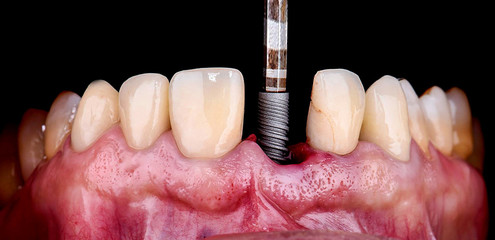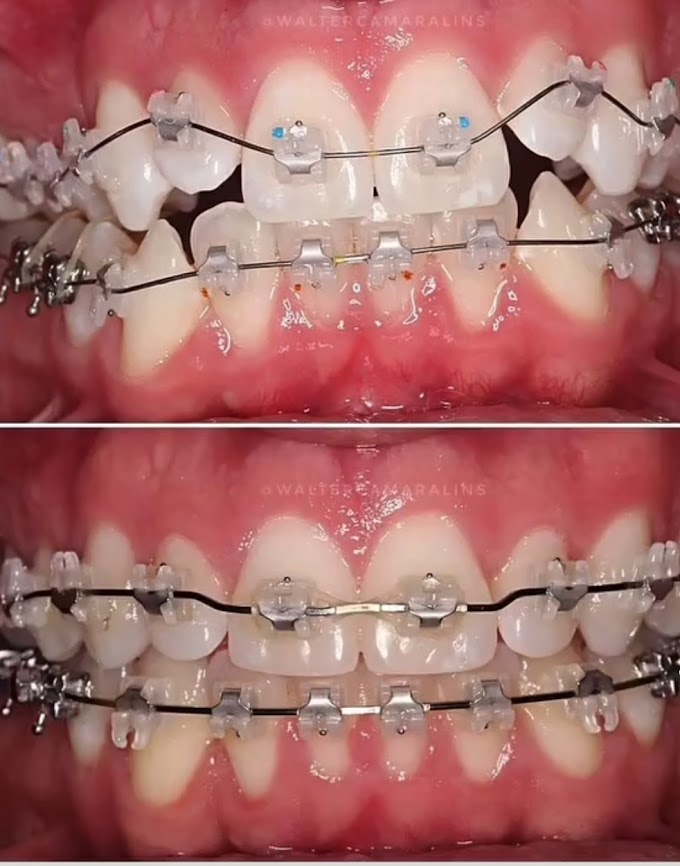A Dentist’s Guide to Implantology: Enhancing Oral Health with Dental Implants
Introduction
Dental implants have revolutionized modern dentistry, providing patients with a reliable and aesthetically pleasing solution for missing teeth. As a dentist, understanding implantology is crucial for offering the best care to your patients. In this guide, we’ll explore the fundamentals of implantology, from patient assessment to surgical techniques and post-operative management.
What Are Dental Implants?
Dental implants are artificial tooth roots made of biocompatible materials (usually titanium) that are surgically placed into the jawbone. They serve as anchors for replacement teeth, such as crowns, bridges, or dentures. Implants offer several advantages over traditional tooth replacement options:
- Stability: Implants integrate with the bone, providing stability and preventing movement.
- Natural Appearance: Implants closely resemble natural teeth, enhancing aesthetics.
- Preservation of Bone: Implants stimulate bone growth, preventing bone loss in the jaw.
- Improved Chewing Function: Patients can eat comfortably without restrictions.
The Implant Process
Patient Assessment:
- Evaluate the patient’s overall health, bone density, and oral hygiene.
- Discuss expectations, risks, and alternatives.
- Take radiographs and 3D scans to assess bone quality and quantity.
Treatment Planning:
- Choose the appropriate implant system (e.g., endosteal or subperiosteal).
- Determine implant position, angulation, and number.
- Consider prosthetic options (single crowns, bridges, or overdentures).
Surgical Placement:
- Administer local anesthesia.
- Create an incision in the gum tissue.
- Drill a pilot hole and place the implant.
- Suture the incision.
Osseointegration:
- Allow time (usually 3-6 months) for the implant to fuse with the bone.
- Monitor healing and assess stability.
Prosthetic Phase:
- Attach an abutment to the implant.
- Take impressions for the final restoration.
- Fabricate and place the crown, bridge, or denture.
Post-Operative Care
Oral Hygiene:
- Instruct patients on proper brushing and flossing around the implant.
- Regular dental check-ups are essential.
Dietary Guidelines:
- Advise soft foods initially.
- Gradually reintroduce harder foods.
Complications and Maintenance:
- Monitor for signs of peri-implantitis (inflammation around the implant).
- Address any prosthetic issues promptly.
Common Questions
Is Implant Surgery Painful?
- Most patients experience minimal discomfort during and after surgery.
- Pain management includes over-the-counter analgesics.
How Long Do Implants Last?
- With proper care, implants can last a lifetime.
- Regular follow-ups are crucial.
Conclusion
As a dentist, mastering implantology allows you to provide life-changing solutions for patients with missing teeth. Stay updated on advancements, attend workshops, and collaborate with specialists to enhance your implant skills. Remember, each implant represents a smile restored and improved quality of life for your patients.
Let’s delve into a couple of case studies that highlight the impact of dental implants:
Case Study: Sarah’s Smile Transformation
Background:
- Sarah, a 45-year-old patient, had lost her upper left lateral incisor due to trauma.
- She was self-conscious about the gap in her smile and struggled with eating certain foods.
Treatment:
- After thorough assessment, Sarah’s dentist recommended a single dental implant.
- The implant was placed in the edentulous site, and osseointegration occurred over several months.
- A custom-made porcelain crown was attached to the implant abutment.
Results:
- Sarah’s smile was restored seamlessly.
- She regained confidence and could eat comfortably.
- Regular follow-ups ensured long-term success.
Case Study: John’s Full-Arch Rehabilitation
Background:
- John, a 60-year-old patient, had severe periodontal disease and multiple missing teeth.
- His existing dentures were ill-fitting and caused discomfort.
Treatment:
- John opted for full-arch implant-supported fixed dentures.
- Four implants were strategically placed in each arch.
- A temporary prosthesis was provided during the healing phase.
Results:
- John’s new fixed dentures provided stability and improved function.
- His quality of life improved significantly.
- Regular hygiene visits ensured the longevity of his implant-supported restoration.
Remember, each patient’s case is unique, and treatment plans should be tailored to their specific needs. Dental implants offer personalized solutions, enhancing both aesthetics and function. 😊
I hope you find these case studies informative! If you’d like more examples or have any other questions, feel free to ask!
Let’s discuss potential complications encountered during the two case studies:
Sarah’s Smile Transformation:
- Infection Risk: Implant surgery carries a risk of infection. Proper sterilization protocols and post-operative care are crucial to minimize this risk.
- Osseointegration Failure: Sometimes, despite careful planning, an implant may not integrate with the bone. Factors like smoking, poor bone quality, or systemic conditions can contribute.
- Soft Tissue Complications: Issues with gum healing or soft tissue management around the implant can affect aesthetics.
John’s Full-Arch Rehabilitation:
- Prosthesis Misfit: Ensuring precise fit of the prosthesis is essential. Poor fit can lead to discomfort, inflammation, and even implant failure.
- Overloading: Applying excessive force on the implants during the healing phase can hinder osseointegration.
- Peri-Implantitis: Inflammation around the implant due to poor oral hygiene can jeopardize its stability.
Remember, close monitoring, patient education, and adherence to best practices help mitigate these complications. 😊
visit:fixedbraces





